
Tongli desulfurization gypsum dryer is a kind of equipment used for drying desulfurization gypsum (also known as gypsum mud, desulfurization gypsum or flue gas desulfurization gypsum). Desulfurization gypsum mainly comes from the flue gas desulfurization process of thermal power plants and is a by-product generated by treating sulfur dioxide (SO₂) in the flue gas of coal-fired power plants. The main purpose of the dryer is to dry the desulfurization gypsum with high wet moisture content to a dry state suitable for further processing or use. It includes a horizontal or inclined rotating drum with stirring blades or throwing plates inside. The wet desulfurization gypsum enters through the feed end of the drum, and the rotation of the drum drives the material forward. At the same time, hot air flows in from the outside of the drum, contacts the material, and evaporates the moisture. The dried material is discharged from the other end of the drum.


Desulfurization Gypsum Drying Solution
A MACHINE YOU CAN DEPEND ON!
Tongli desulfurized gypsum drying machine adopts advanced hot air contact technology to reduce moisture to 0.5-1%. The equipment is compact in design, occupies a small area, and has a production capacity of up to 50 tons per hour.
The optimized internal copying plate and distribution system make the gypsum material evenly distributed in the dryer, increasing the contact area with the hot air. The uniform heat exchange process ensures the thorough drying of the gypsum, and the moisture content is reduced from 8-10% to 0.5-1%, ensuring consistent product quality.
Tongli desulfurization gypsum dryer has a compact structure and a small footprint. Taking the Φ2.2×20m model as an example, the overall dimensions of the machine are only 20×4.0×3.8 meters, which occupies a small space and is suitable for various production environments, especially for enterprises with strict site restrictions, to achieve efficient space utilization.
Tongli desulfurization gypsum dryer adopts advanced direct contact technology with hot air to ensure that the material is fully in contact with high-temperature air. The hot air up to 700-750℃ quickly evaporates the moisture in the gypsum, greatly improving the drying speed, and the production capacity can reach 45-50 tons/hour, significantly shortening the drying cycle and improving efficiency.
| ecification | Outer Cylinder Diameter (m) | Outer Cylinder Length (m) | Cylinder Volume (m³) | Cylinder Speed (r/min) | Inlet Temperature (℃) | Production Capacity (t/h) |
| Ф2*4.5m | 2 | 4.5 | 14.13 | 4—10 | 700—750℃ | 13—18 |
| Ф2.2*5m | 2.2 | 5 | 18.99 | 4—10 | 700—750℃ | 15—23 |
| Ф2.5*6m | 2.5 | 6 | 29.43 | 4—10 | 700—750℃ | 20—28 |
| Ф2.7*6.5m | 2.7 | 6.5 | 37.19 | 4—10 | 700—750℃ | 24—33 |
| Ф3.0*6.5m | 3 | 6.5 | 45.92 | 4—10 | 700—750℃ | 35—40 |
| Ф3.2*7m | 3.2 | 7 | 56.27 | 4—10 | 700—750℃ | 40—60 |
| Ф3.6*8m | 3.6 | 8 | 81.39 | 4—10 | 700—750℃ | 55—75 |
| Ф4.2*8m | 4.2 | 8 | 110.78 | 4—10 | 700—750℃ | 70—120 |
Wet desulfurized gypsum is fed into the drying area of the dryer through a feeding device (such as a belt conveyor, a screw conveyor, etc.). The heating source in the dryer provides heat. Common heating sources include coal-fired furnaces, gas furnaces, electric heaters, etc.
Hot air or hot gas is introduced into the dryer and contacts the wet desulfurized gypsum. The hot air directly contacts the wet gypsum through different types of dryers (such as drum type, fluidized bed type, flash type, etc.) to take away the moisture in the gypsum. In the dryer, heat exchange is carried out between the hot air and the wet gypsum, and the moisture evaporates from the surface of the gypsum into the air.
Under the action of hot air, the moisture in the wet gypsum evaporates rapidly and becomes gas. The evaporated moisture and hot gas are discharged out of the dryer through the exhaust system of the dryer (such as a fan, a dust collector, etc.). This process can take away the moisture and maintain a dry environment in the dryer.
In some dryers, a dust removal device may be equipped to remove dust from the exhaust gas to protect the environment and equipment. The dried desulfurized gypsum is discharged from the dryer through a discharging device (such as a screw conveyor, vibrating screen, etc.). The dried gypsum can be further processed or used directly in production.
Increasing the air inlet temperature can increase the drying rate, but make sure it does not exceed the heat resistance of gypsum. Reasonable temperature setting can significantly improve drying efficiency. Ensure that the hot air is evenly distributed inside the dryer so that it can fully contact the desulfurized gypsum and improve the drying effect.
Optimizing airflow distribution can reduce dead corners and uneven drying. Pre-treating the desulfurized gypsum by a preheating device before entering the dryer can increase the initial temperature of the material, reduce the heat load in the main drying process, and improve drying efficiency.
The overall drying efficiency can be improved by drying in stages (such as rough drying and fine drying stages). High-temperature hot air is used in the primary drying stage, and low-temperature hot air is used in the subsequent stages to complete the drying process.
Regularly maintain and overhaul the dryer to ensure that all parts of the equipment are working properly and prevent the output from being affected by failure or wear. Ensure the normal operation of the lubrication system to reduce wear and failure of the equipment, thereby ensuring long-term and efficient operation of the equipment.
Train operators to improve their knowledge and skills in equipment operation and maintenance, and ensure that they can correctly adjust process parameters and handle emergencies.
Regularly calibrate the temperature sensor to ensure the accuracy of the heating system and control system. Check the fan and airflow duct once a month, especially during high-load operation, to ensure that the airflow is unobstructed.
Check the operating status of heating elements (such as hot air furnaces, electric heating elements, steam heaters) every quarter to ensure stable heating effect.
Regularly clean the residue and dust inside the dryer to keep the interior clean. Regularly lubricate bearings and other moving parts to reduce wear and friction.
Check the lubrication status of gears and transmission systems, and add or replace lubricants. Regularly calibrate the automatic control system to ensure its accuracy.
Record all maintenance and maintenance work, including inspection dates, repair content and replacement parts. Regularly train operators to improve their operating skills and troubleshooting capabilities. Through the above maintenance and maintenance measures, the service life of the desulfurized gypsum dryer can be effectively extended, ensuring its efficient and stable operation, and reducing the failure rate and maintenance costs.
Desulfurized gypsum drying: The byproduct of coal-fired flue gas desulfurization in power plants - wet desulfurized gypsum needs to be dried and can be used as building materials or other purposes after dehydration. The desulfurized gypsum dryer is suitable for this process.
Gypsum board production: The dried desulfurized gypsum can be used in the production of gypsum boards and gypsum powder. The desulfurized gypsum dryer is used to dry the wet gypsum to the required moisture standard, making it suitable for the manufacture of building materials.
Dry-mixed mortar: The gypsum powder used in the production of dry-mixed mortar needs to be processed by a dryer to control the humidity and particle size.
Gypsum chemical products: Some chemical products (such as gypsum-based materials, gypsum fertilizers, etc.) need to use desulfurized gypsum as raw materials. The dryer can dry the wet gypsum to ensure that the material dryness meets the requirements of chemical production.
Gypsum as auxiliary material: In the metallurgical process, gypsum is sometimes added as an auxiliary material to adjust the reaction conditions or as an additive. The dryer can process the wet gypsum to a suitable state to ensure the metallurgical process.
Ore and slag drying: In addition to desulfurized gypsum, the dryer can also be used to process other mineral raw materials, slag, etc., and is suitable for drying a variety of wet minerals.
Coal slime and fly ash drying: The dryer is also suitable for processing wet coal slime, fly ash and other similar materials, and is widely used in the field of coal processing.
Agricultural gypsum fertilizer: In agricultural production, desulfurized gypsum can be used as a soil conditioner or fertilizer component. The dryer can dry it to ensure that it is easy to store and use.
Waste treatment: Desulfurized gypsum dryer can also be used for drying other wet materials in the field of environmental protection, such as sludge and industrial waste treatment, reducing the moisture content to facilitate subsequent treatment or reuse of waste.
1)Poor drying effect: Adjust the hot air furnace or heating device to ensure that the heat source temperature reaches the required drying temperature. Control the feed amount, maintain uniform feed and prevent overload. Check the fan and air duct to ensure uniform airflow distribution, and adjust the internal shovel or drum design to improve material distribution.
2)Equipment blockage: Regularly clean the inside of the dryer, especially at the feed and discharge ports, to prevent material accumulation. Adjust the material moisture or pre-treat the wet material to reduce adhesion. Control the feed speed to ensure that the material enters the dryer evenly.
3)Uneven material drying: Check the design of the drum or internal shovel to ensure that the material is fully turned and evenly flows in the dryer. Adjust the fan and hot air distribution system to ensure that the airflow can flow evenly through the material.
4)The material drying time is too long: Control the moisture content of the feed material, and add a pretreatment stage (such as dehydration) if necessary. Optimize the internal structural design of the dryer, improve the layout of the shovel, and improve the contact efficiency between the material and the hot air.
In high humidity environments, the moisture content in the air is high. When wet air enters the dryer, it will reduce the drying capacity of the hot air, resulting in a decrease in the drying efficiency of the desulfurized gypsum.
High humidity will prolong the drying time of the material and increase energy consumption, because more heat will be used to evaporate the moisture in the air, not just the moisture in the material.
Increase the ventilation volume in the dryer, increase the air circulation speed, and accelerate the discharge of moisture. In seasons or areas with high humidity, appropriately increase the hot air temperature to compensate for the effect of air humidity on the drying effect.
Use a dehumidification system or preheat the air to reduce the amount of wet air entering the dryer and ensure drying efficiency. When the ambient temperature is too low, the preheating time of the dryer will increase, resulting in a longer start-up and heating time for the equipment, and increased energy consumption.
Low temperature environments may also reduce the thermal efficiency of the combustion system or hot air furnace, resulting in increased heat loss. In low temperature environments, strengthen the insulation measures of the equipment, such as adding insulation materials to reduce heat loss. Adjust the combustion volume of the combustion system to ensure that the hot air furnace can maintain appropriate heat output under different temperature conditions.
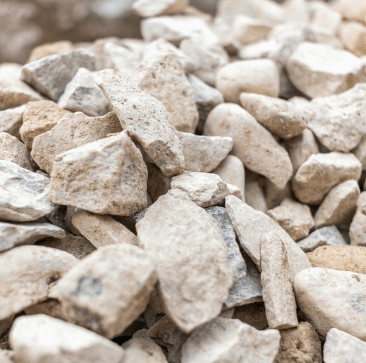
The dryer efficiently handles desulfurized gypsum, reducing moisture for use in cement, wallboard, and other construction materials

Ideal for drying FGD gypsum, the dryer minimizes moisture content, making it suitable for use in plaster and construction
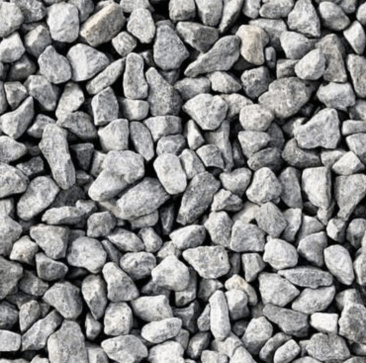
The dryer processes synthetic gypsum, reducing moisture levels to enhance its use in cement production, plasterboard, and other applications
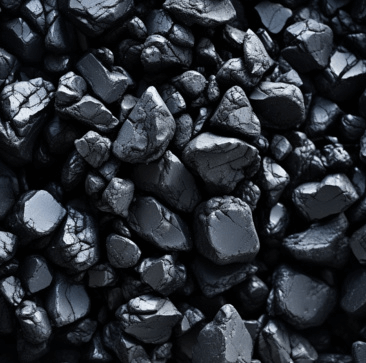
Suitable for drying gypsum from power plants, the dryer reduces moisture for better processing and use in industrial applications
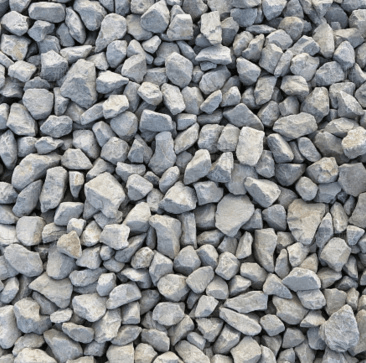
The dryer efficiently processes chemical gypsum, ensuring reduced moisture content for use in agriculture, construction, and manufacturing

The dryer handles industrial gypsum, reducing moisture content to improve its quality and suitability for use in construction and chemical industries
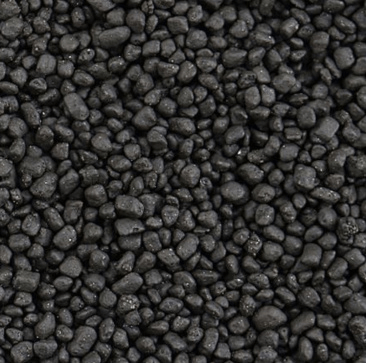
Efficient in drying agricultural gypsum, the dryer ensures that moisture is minimized for use in soil treatment and farming applications
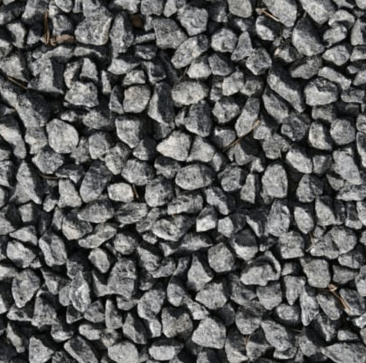
The dryer processes gypsum from desulfurization units, reducing moisture for better storage, handling, and further industrial use
You can get in touch with us through the following contact information
AddressNo. 2289 Huancheng South Road, Tongxiang, Jiaxing, Zhejiang Province, China. Zip code:314500
Please fill in the sales inquiry form and our sales representatives will be in touch shortly.